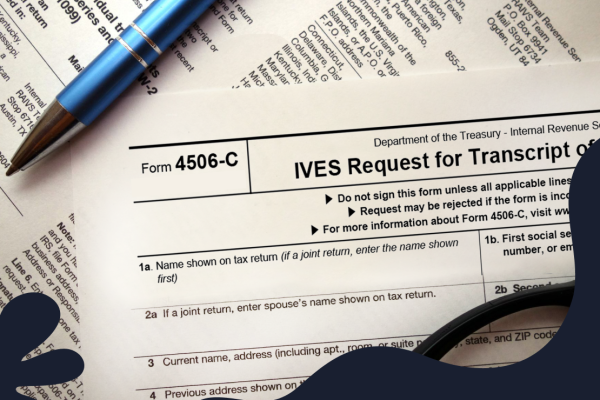An insurance programme that combines a life insurance policy with an investment is known as a unit-linked insurance plan, or ULIP. As a ULIP investor, you are required to pay regular premiums. One portion of your premium is used to pay for life insurance, while the other portion is used to pool assets from the broader subset.
Tax advantages of purchasing ULIPs
The following is a list of the tax advantages of purchasing ULIP plans:
- Tax advantages for premiums
Under sections 80C and 10D of the Income Tax Act, every premium you pay for your ULIP plan qualifies for tax deductions of up to Rs. 1.5 lakhs. You must maintain your ULIP plan for at least five years in order to benefit from these ULIP plan tax benefits. The ULIP calculator is a simple tool that you can use to predict the return you might get at maturity by entering a few details.
- Tax advantages for maturity
This type of investment is distinctive in that there is no tax due at any point, not even on maturity. Because ULIP plans offer ULIP tax benefits both during the period when premiums are paid, and at maturity, you can save money in both of these methods.
- Partial withdrawals are tax-free
If you choose to remove less than 20% of the corpus after the five-year lock-in period, the money stays tax-free and is not deductible.
- Concessions for top-ups
You have the choice to periodically increase your investment amount with top-ups throughout the life of your plan. In this case, sections 80C and 10D of the Income Tax Act apply to exempt ULIPs from taxes. You can use a ULIP Calculator to estimate future returns and the value of a ULIP investment.
- Long-term tax advantages
You will benefit from ULIP tax benefits for a minimum of five years because ULIPs have a minimum five-year lock-in term. Your ability to save on taxes improves along with the investment horizon.
Exempt-Exempt-Exempt Tax Category
ULIPs fall within the tax-saving category known as Exempt-Exempt-Exempt, which is used to describe investments that gain at each of the following three stages:
- Investing stage – The first stage is when you begin investing money in the tool, in this example, tax-saving ULIPs.
- Phase of accumulation – Your funds regularly produce dividends during the investment’s gestation period that are also tax-exempt.
- Leaving phase – You can withdraw the corpus of money at the end of the investing period, and in this scenario, the lump sum payment is still tax-free.
New ULIP taxation rules following the budget for 2021
According to the most recent changes, any gains from tax-saving ULIPs would be regarded as capital gains if and when the premium sum surpasses Rs. 2.5 Lakhs, at which point they will be subject to a 10% tax on the maturity date. The most recent modification additionally specifies that a Security Transaction Tax (STT) will be assessed when redeeming a ULIP. In conclusion, a ULIP will henceforth be treated similarly to other equity investments when sold or redeemed, in accordance with sections 111A and 112A. These modifications, however, only apply to ULIP plans bought after February 1, 2021.
How does the current ULIP taxation work?
The way ULIP taxation operates currently is as follows:
- Taxes based on funds
Your investment’s ULIP tax deduction will vary depending on the funds and percentage you choose. Your equity component will be taxed as an equity fund if it is greater than 65%. To be taxed as an equity fund, an indirect equity fund, or one that takes the form of an ETF, must have at least 90% equity. Any investment in an equity fund that exceeds Rs. 1 lakh will be taxed. Any gains from units of equity-oriented funds are subject to a 10% tax rate under section 112A. According to section 112, any gains from Units of Debt Funds are subject to a 20% tax rate.
- Subsection 80C exemption
If the insurance was purchased after April 1, 2012, you may be eligible for deductions under section 80C of the Income Tax Act of up to Rs. 15 lakhs, provided your premium payment is less than 10% of the sum assured.
- Benefits of taxation other than section 80C
Under section 10(10D), the returns earned if the premium paid is less than Rs. 2.5 lakh is tax-free; otherwise, taxes are due on the excess.
- ULIP Maturity taxability prior to February 1, 2021
If the premium you pay is less than 10% of the sum assured at maturity, as per section 10 (10D), the ULIP tax on maturity is free. For premiums paid prior to April 2012, the rate is 20% Maturity Taxability for ULIPs on/after 1st February 2021.
The tax benefits mentioned in the article may not apply if you opt for the new tax regime since many tax exemptions and deductions have been scrapped within the new regime. They are also subject to any changes in the law.
Insurance is the subject matter of solicitation. For more details on benefits, exclusions, limitations, terms, and conditions, please read the sales brochure/policy wording carefully before concluding a sale.





